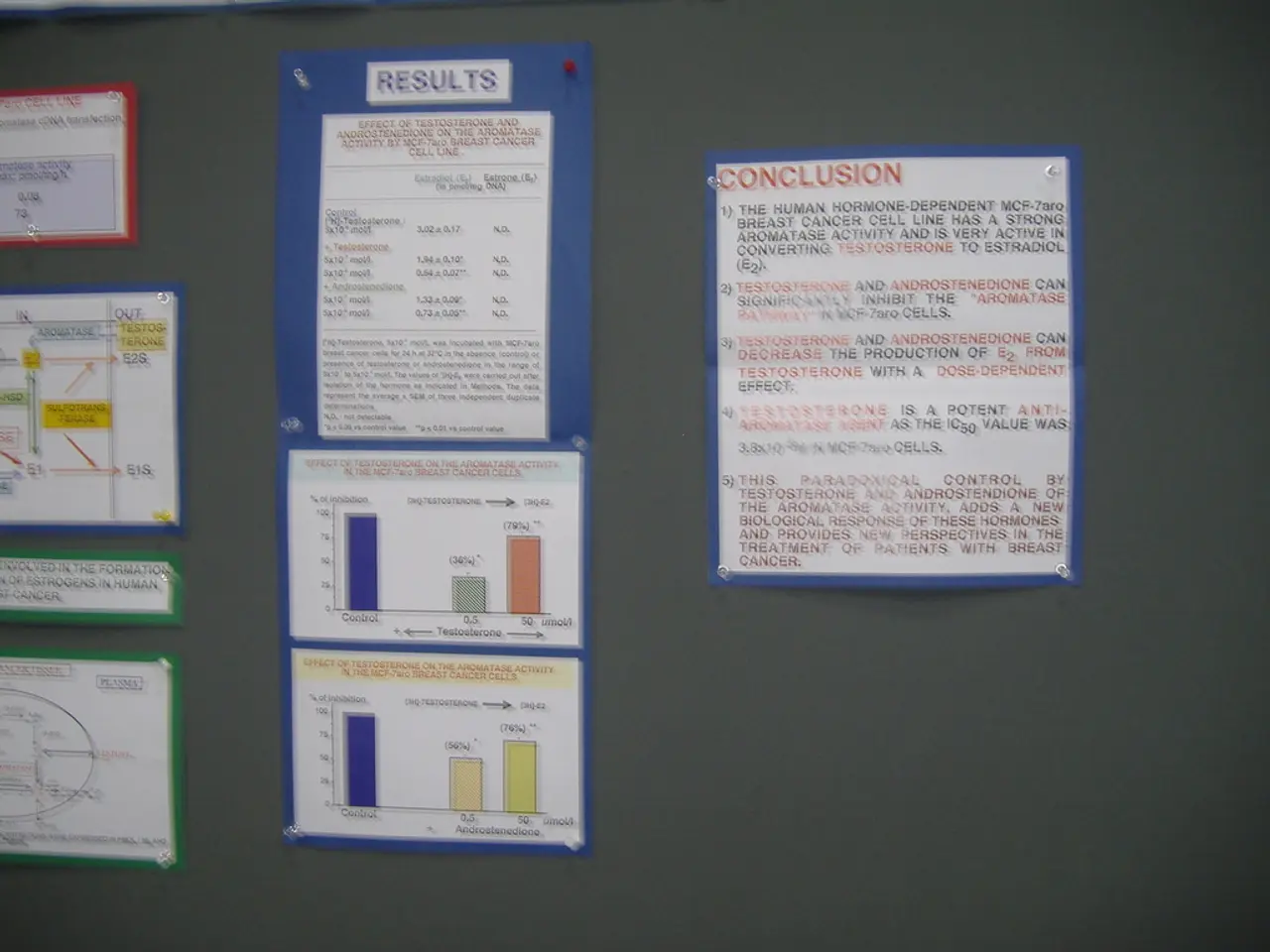Reduced staff numbers for enhanced IT capabilities at the National Labor Relations Board
The National Labor Relations Board (NLRB), a crucial agency for employers with unions or the potential for unionisation, is facing existential challenges that could significantly impact both employers and labour unions. The current situation, characterised by a lack of quorum, litigation challenges, budget reduction proposals, and staff reductions, is causing concern about the future of the NLRB and its role in the labour relations marketplace.
The proposed budget cuts, totalling a reduction of $14 million (equating to a 4.7% decrease), could weaken the NLRB's enforcement role. With fewer staff and a diminished budget, the Board’s capacity to investigate and remedy unfair labor practices could be compromised. This could allow employers to refuse union recognition or negotiation without legal consequence and even retaliate against unionized workers with less fear of federal intervention[2].
The NLRB requires three members to form a quorum. Currently, the Board lacks a quorum due to vacancies and dismissals, including the firing of Democratic member Gwynne Wilcox. This paralysis acts effectively as a *partial repeal of the NLRA*, denying workers and unions timely and definitive rulings on labor disputes. Without a functioning Board, enforcement actions stall[2][3].
Legal challenges focus on the President’s authority to remove board members without cause, threatening the independence of the NLRB. If successful, this could politicize what is supposed to be a neutral enforcement agency, leading to unstable and unpredictable labor law enforcement[2][3].
The proposed budget also seeks to reduce the workforce at the NLRB, which could lead to a growing case backlog due to the increased number of cases filed. The feasibility and security of electronic voting in NLRB elections is up for debate, with the budget proposal maintaining restrictions on the use of electronic voting in representation elections.
On a broader scale, the proposed federal workforce reductions, impacting numerous agencies including the Department of Labor, may affect job stability and economic confidence more generally. This can create ripple effects, including local economic disruptions and increased uncertainty about worker protections in the private sector[1][4][5].
Pending nominations could restore a quorum but may tilt the Board’s composition toward a Republican majority, potentially changing the Board’s approach to labor disputes and enforcement in ways that may favor employers over unions[3].
In the midst of these challenges, the NLRB has requested additional funding, including under the Biden administration, but has not received it. The NLRB has a $23 million fund from the Technology Modernization Fund to address their case management system, but the proposed budget reduction includes potential voluntary retirement plans and staff reductions in the regions.
As the country clawed its way out of the pandemic, there was a push for mail voting and not in-person voting in NLRB elections. However, with the NLRB's budget remaining relatively static since 2014, except for a significant increase in FY23 due to a surge in union petitions and cases, the future of the NLRB's role in the labour relations marketplace is uncertain.
In summary, the proposed budget cuts and staff reductions threaten to weaken the NLRB’s enforcement role, delay or prevent dispute resolution, and increase political interference, all of which could undermine labor protections and shift the balance of power toward employers at the expense of unions and workers' rights[1][2][3]. It is crucial to closely monitor the impact of these potential budget cuts on day-to-day labour relations.
The proposed budget cuts, impacting agencies like the NLRB, could lead to an increased case backlog due to staff reductions, potentially delaying the resolution of labor disputes. This reduction in the federal workforce, including the NLRB, may also have broader economic implications, affecting job stability and economic confidence more generally.




